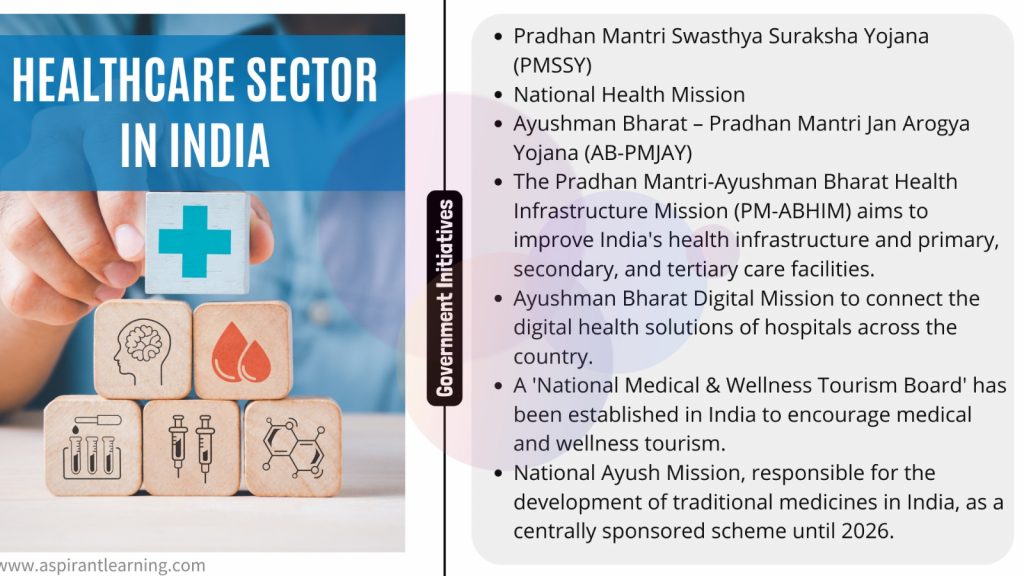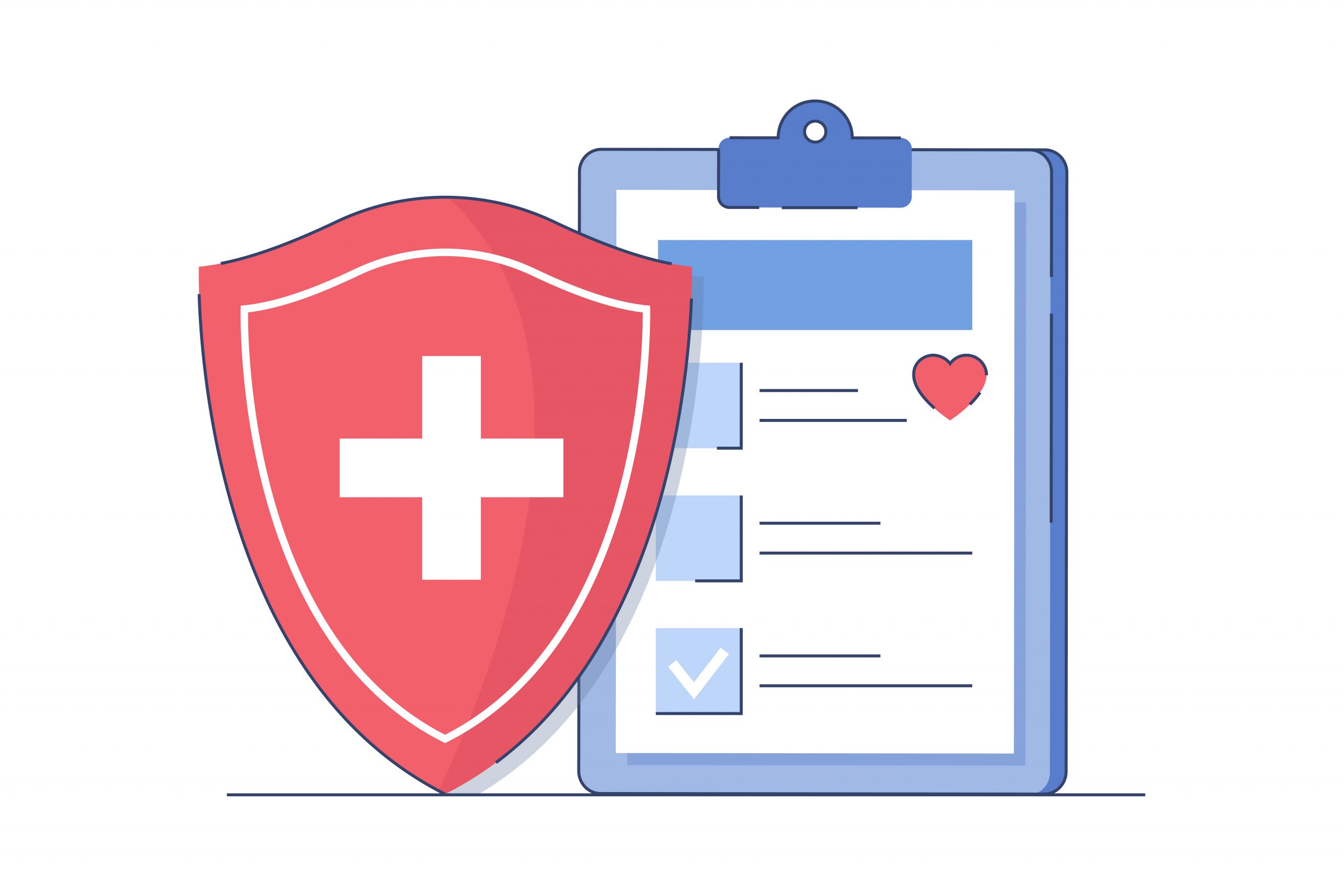News Highlight
Who is responsible for healthcare in India: the government or the individual?
Key Takeaway
- Most polled individuals expressed a strong desire to improve government healthcare services.
- They also anticipated the government to provide financial assistance through health insurance systems, allowing them access to private healthcare facilities.
Healthcare in India
- Overview
- Healthcare has become one of India’s most important industries in revenue and jobs.
- The Indian healthcare system rapidly expands due to improved coverage and expanded services.
- In addition, increased spending by public and private entities.
- The healthcare delivery system in India is divided into two key components:
- Public and Private.
- The government, or public healthcare system, has limited secondary and tertiary care institutions in major cities.
- It emphasises providing basic healthcare services in rural regions through primary healthcare centres (PHCs).
- The private sector is responsible for most secondary, tertiary, and quaternary care facilities.
- As well as it has a strong concentration in metros and tier I and II cities.
Categories of Healthcare Services
- Public Health Care Services
- Every state government operates Health Care Centres in villages and multi-speciality hospitals in major cities.
- They provide free or low-cost healthcare services like disease treatment, diagnostic testing, and medication.
- Its primary purpose is to prevent spreading diseases such as:
- Tuberculosis, polio, Malaria, jaundice, dengue fever, and chikungunya.
- The government’s “Pulse Polio Campaign” is one such scheme, in which health workers nationwide give all children under five free polio drops.
- The role of government
- It is the government’s responsibility to develop infrastructure resources.
- It covers the availability of water, electricity, telecommunications, and roads, among other things.
- The central government provides funding to the states for these functions.
- The Planning Commission of India, among other things, develops a strategy for the most effective and balanced use of the country’s resources.
- Each state has a State Planning Commission.
- The State Planning Commission is largely responsible, among other things, for providing necessary support to all Urban Local Bodies.
- It is the government’s responsibility to prevent and treat illness.
- As well as to provide proper health facilities such as:
- Health centres, hospitals, laboratories for testing, ambulance services, blood banks, and so on for everyone.
- These services should be available to all patients, even in remote areas.

Challenges in the Health Sector
- Inadequate Access
- Insufficient access to essential healthcare services, including:
- Lack of medical experts, quality assurance, insufficient health spending, and, most importantly, insufficient research funding.
- The administration’s poor money allocation is one of the primary challenges.
- Insufficient access to essential healthcare services, including:
- Lack of Preventive Care
- Preventative care is underestimated in India, despite evidence that it is extremely useful in easing a range of patient challenges regarding dissatisfaction and financial losses.
- Lack of Medical Research
- R&D and cutting-edge technology-led new ventures receive minimal attention in India.
- Shortage in Professionals
- There is a scarcity of doctors, nurses, and other healthcare professionals in India.
- According to a minister’s study in Parliament, India is short 600,000 doctors.
Way Forward
- The infrastructure of public hospitals, which are overcrowded due to India’s vast population, urgently needs to be improved.
- The government could support private hospitals because they contribute significantly.
- Because the challenges are significant and cannot be addressed solely by the government, the business sector must also participate.
- More medical personnel can be hired to increase the sector’s capabilities and efficiency.
- Technology can be used to connect the dots in the healthcare system.
Pic Courtesy: freepik
Content Source: The Hindu



